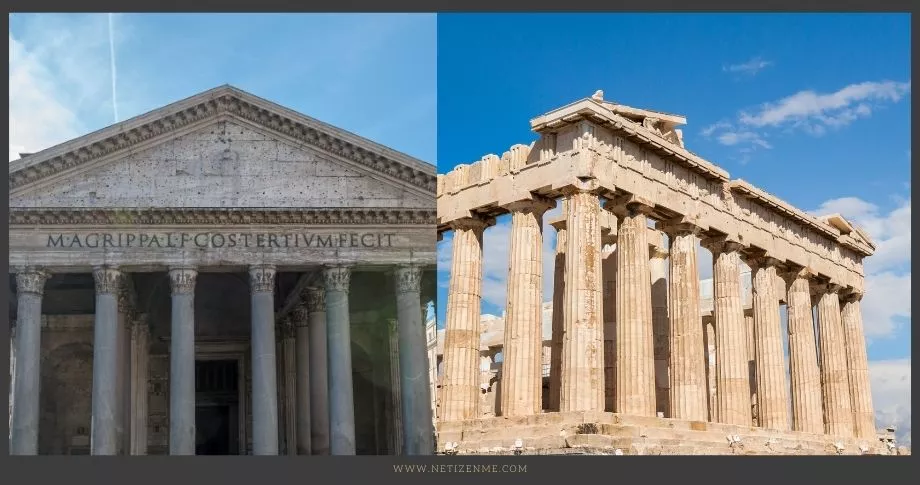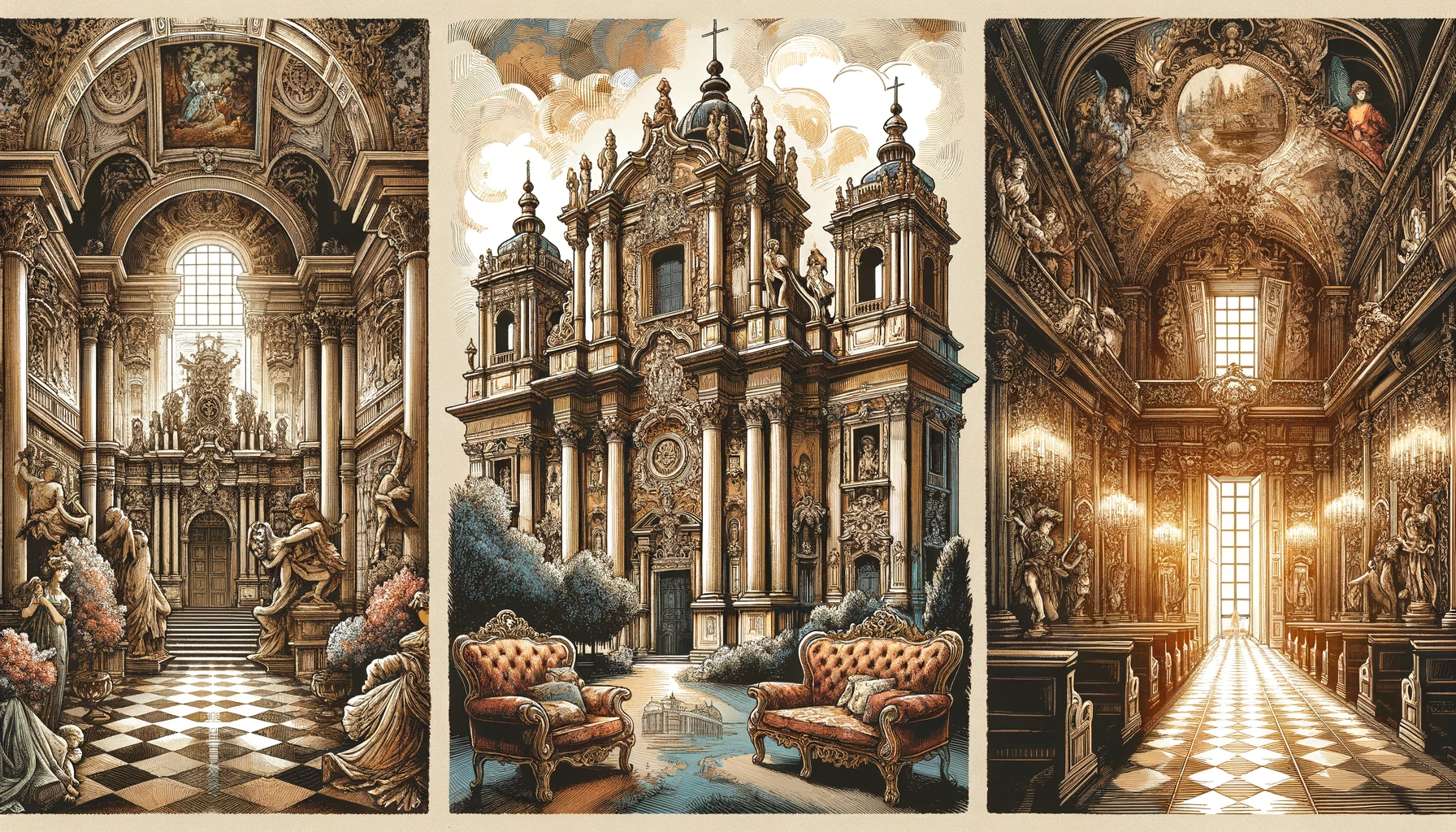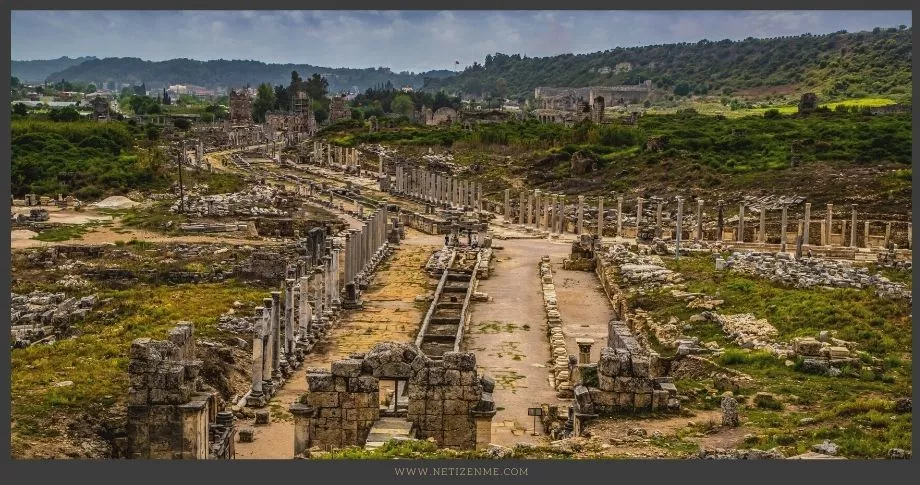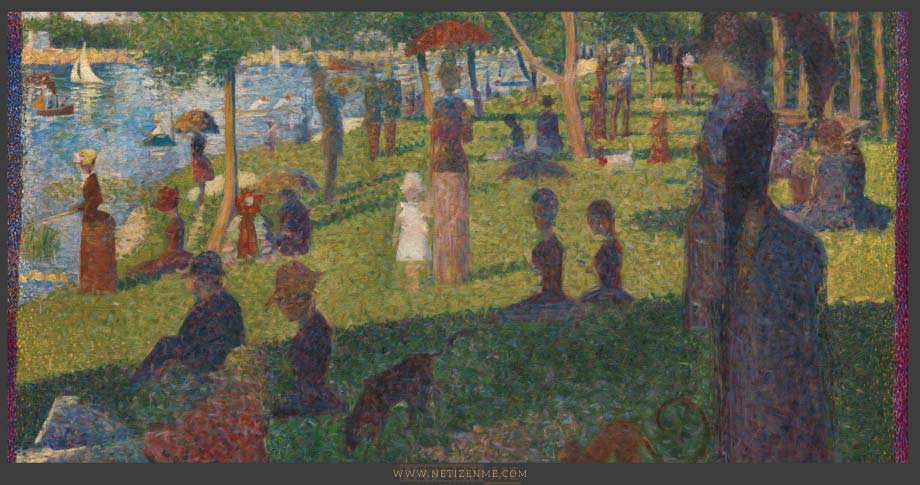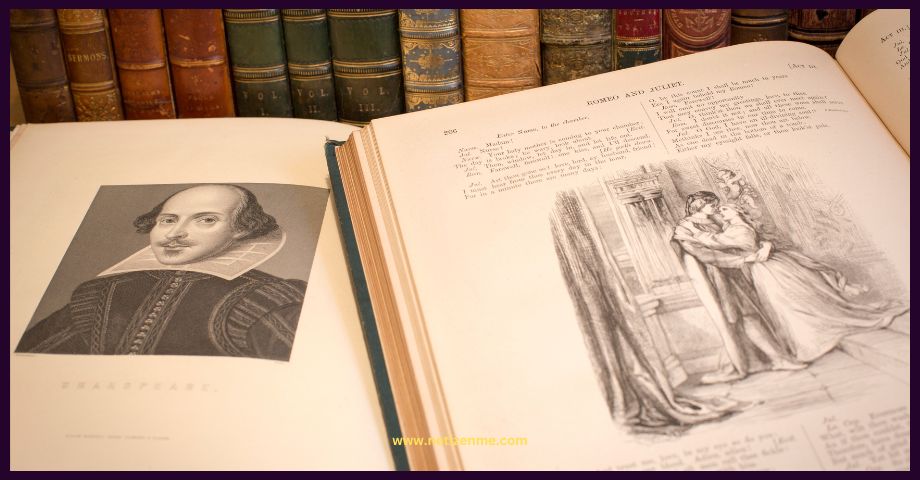The Pantheon is a monument to Roman architectural ingenuity and a mirror reflecting ancient Rome’s cultural and religious ethos. This blog post explores the architectural style of the Pantheon and how it represents Roman culture, discussing how its design and construction represent Roman values and societal norms. We will examine the building’s structural elements, artistic features, and the symbolic meanings behind its design.
Architectural Innovations of the Pantheon
At the heart of the Pantheon’s architectural brilliance is its massive dome, the largest unreinforced concrete dome in the world even today. This dome, with its central oculus, is not only a technical marvel but also a symbol of the Roman aspiration to conquer and innovate. The oculus at the top connects the temple and the heavens, a design showcasing the Romans’ engineering skills and religious devotion. Concrete, a Roman innovation, allowed for this unprecedented scale and design, which has stood the test of time.
Structural Design and Cultural Representation
The Pantheon’s circular design was a departure from the traditional rectangular temples of the time, representing a bold cultural statement about the power and stability of the Roman Empire. Its portico, with Corinthian columns, links it to classical Greek architecture. Yet, the Roman elements like the massive dome and innovative use of interior space speak to a uniquely Roman identity. This blend of styles reflects Rome’s respect for Greek culture while asserting its imperial identity and architectural superiority.
Artistic Elements and Their Symbolism
Inside, the Pantheon is adorned with a series of recessed panels (coffers), which reduce the dome’s weight while creating a visually striking pattern that draws the eyes upward, symbolizing the Roman aspiration towards the divine. The use of opulent materials such as marble, granite, and bronze in the interior not only displays the wealth of the Empire but also reflects the Roman approach to religion and art, where gods and humans interact in a shared space.
The Pantheon as a Cultural Hub
Beyond its function as a temple, the Pantheon served as a cultural hub in ancient Rome, hosting various public events and ceremonies. This multipurpose use reflects the Roman cultural trait of utilitarianism, where buildings were designed for both beauty and broad communal use. The Pantheon’s enduring presence in the heart of Rome also speaks to the Roman value of legacy, emphasizing their desire to leave enduring structures that would awe both contemporaries and future generations.
The Pantheon’s Legacy in Roman Culture
In conclusion, the architectural style of the Pantheon and how it represents Roman culture not only showcases the Roman flair for engineering and aesthetics but also encapsulates ancient Rome’s cultural and religious values. Its enduring beauty and structural integrity continue to speak of a civilization that values innovation, communal identity, and the interplay between the divine and the earthly. The Pantheon remains a testament to the grandeur of Roman culture and its lasting impact on the world.
This article is written by:
Our professional writers and editors are passionate about sharing high-quality information and insights with our audience. We conduct diligent research, maintain fact-checking protocols, and prioritize accuracy and integrity to the best of our capacity.
You can cite our articles under the author name "Netizenme"
